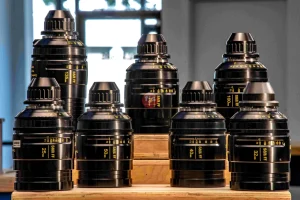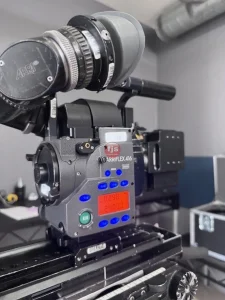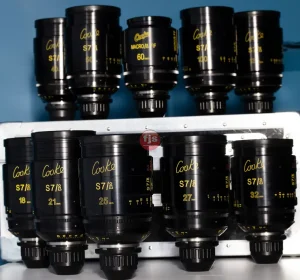The first permanent photograph was made in 1826 by Joseph Nicéphore Niépce using a sliding wooden box camera made by Charles and Vincent Chevalier in Paris. However, while this was the birth of photography, the camera itself can be traced back much further.
The camera obscura, a device dating back at least to the 11th century, uses a pinhole or lens to project an image of the scene outside onto a viewing surface. The invention of photography allowed for the preservation of images produced by these cameras.
In 1685, Johann Zahn designed the first camera that was small and portable enough to be used for photography. However, it would be nearly 150 years before the technology improved to the point where this was possible.
Early photographic cameras were similar to Zahn’s model, though they usually had sliding boxes for focusing. Before each exposure, a sensitized plate would be inserted in front of the viewing screen to record the image. The daguerreotype process, invented by Jacques Daguerre, used copperplates, while the calotype process, invented by William Fox Talbot, recorded images on paper.
The development of the collodion wet plate process by Frederick Scott Archer in 1850 dramatically cut exposure times, but photographers had to prepare and develop their glass plates on the spot, usually in a mobile darkroom.
The wet-plate ambrotype and tintype processes were in widespread use during the latter half of the 19th century. Although these processes were complex, wet-plate cameras were not significantly different from previous designs. Some models (such as the Dubroni of 1864) were designed so that the sensitizing and developing of the plates could be carried out inside the camera itself, rather than in a separate darkroom.
Other cameras were fitted with multiple lenses for making cartes de visite. The wet plate era saw the widespread use of bellows for focusing.
For decades, cameras used plates, from the first picture by Niepce to wet plates and dry plates. Though they functioned, cameras were bulky, expensive, and heavy. Additionally, the glass plates used by wet and dry plate cameras were susceptible to breakage. It wasn’t until 1888 when George Eastman founded the Kodak Film company and released the first Kodak film camera. This was a huge breakthrough.
Despite the expense, George still wanted to make a camera for the masses. In 1900, Kodak finally released the Brownie Camera, which cost only $1.








